5 Wine Regions for a Summer Getaway

By Laura Conde, wine writer
Wine tourism offers a great way of getting to know a place, not only through its wines, but also its people, history, culture, and food. Long, warm summer days provide the ideal moment to explore regions steeped in a vinicultural tradition that invites us to discover landscapes, villages, and historical monuments, even if we only have time for a brief getaway.
1. Costers del Segre (Catalonia)
Costers del Segre is a fascinating appellation of origin because of its diversity, which finds expression in 140 wineries. The appellation is spread out, comprising various subzones scattered across the counties of Lleida, from the vineyards of Raimat to the higher elevations of Pallars Jussà. Given the nature of its geography, the appellation is home to a wide variety of soils, microclimates, and wine styles, making the region one of Catalonia’s most versatile and least standardized.
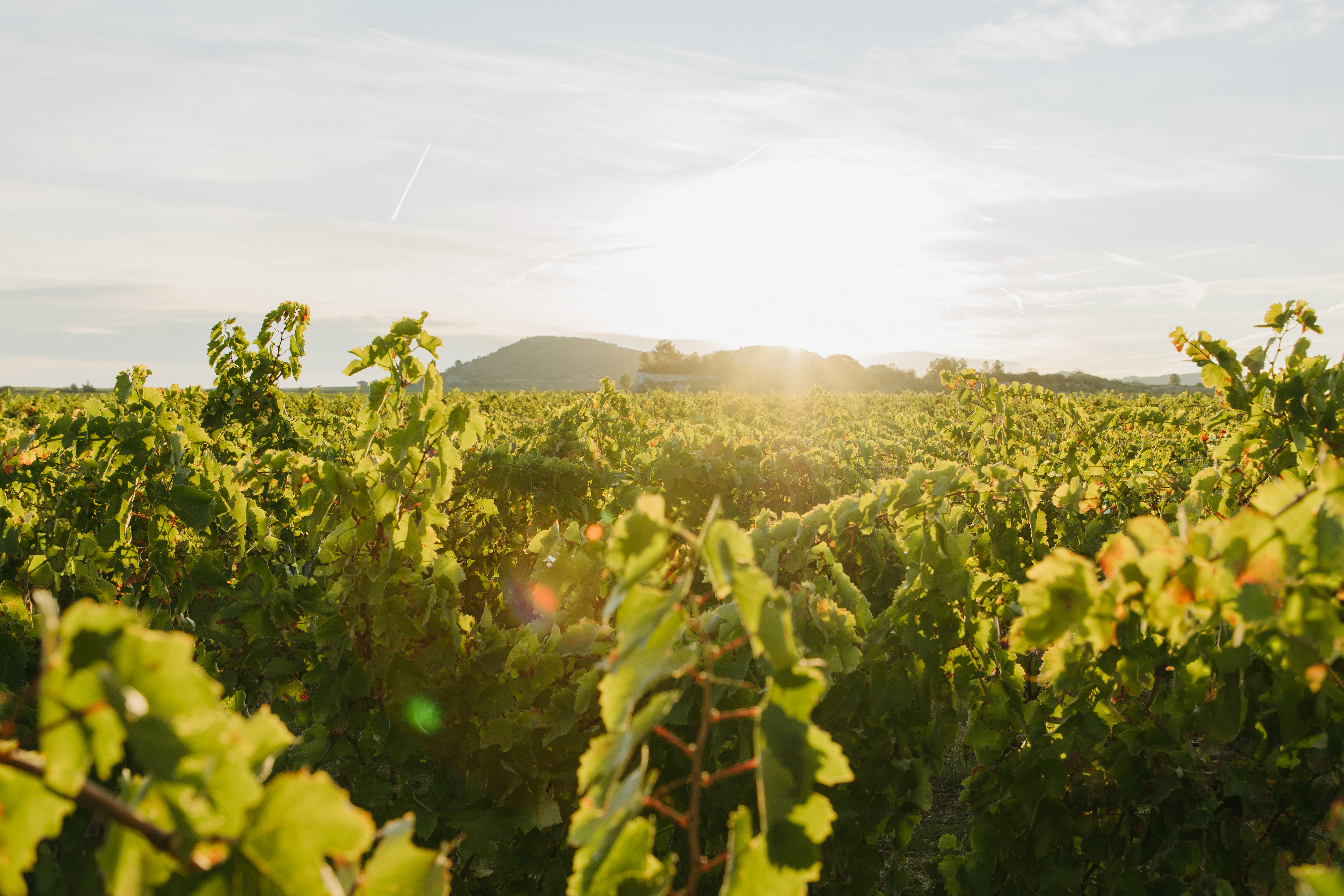
Landscape with Familia Torres vineyards in DO Costers del Segre
A summer getaway promises an escape from soaring coastal temperatures to the cool valleys of the Pyrenees. Villages like Tremp, Artesa de Segre, and Sort boast spectacular landscapes and nature walks, where viticulture meets rural Romanesque architecture. The cathedral of La Seu d'Urgell (the only one in Catalonia constructed entirely in the Romanesque style) rivals the beauty of its late Romanesque counterpart La Seu Vella in Lleida. Last but not least, the monastery of Vallbona de les Monges is a magnificent exponent of Cistercian architecture.
When it comes to exploring the lush foothills of the Pyrenees around Lleida, few things beat the Tren dels Llacs (“the lake train”), which winds its way around lakes and mountains from Lleida to Balaguer. Once the architectural and nature explorations are done, it’s time to enjoy the appellation’s red wines made from Cabernet Sauvignon, Merlot, Syrah, and Pinot Noir, or its Macabeo and Parellada whites. Try pairing them with an artisanal Tupí, a typical regional cheese rich in deep flavours and potent aromas, and DOP Las Garrigues olive oil.
2. Rías Baixas (Galicia)
An incomparable image: Albariño vines growing on pergola trellising along the Atlantic coast. Rías Baixas is synonymous with freshness, brininess, and crisp acidity, earning itself a well-deserved spot among the global white wine elite. The appellation of origin is divided into five subzones, but its heart can be found in Cambados, where the Festa do Albariño is celebrated every year – a festival that brings together music, food, popular wine tastings, and the devotion of an entire people to their flagship grape.
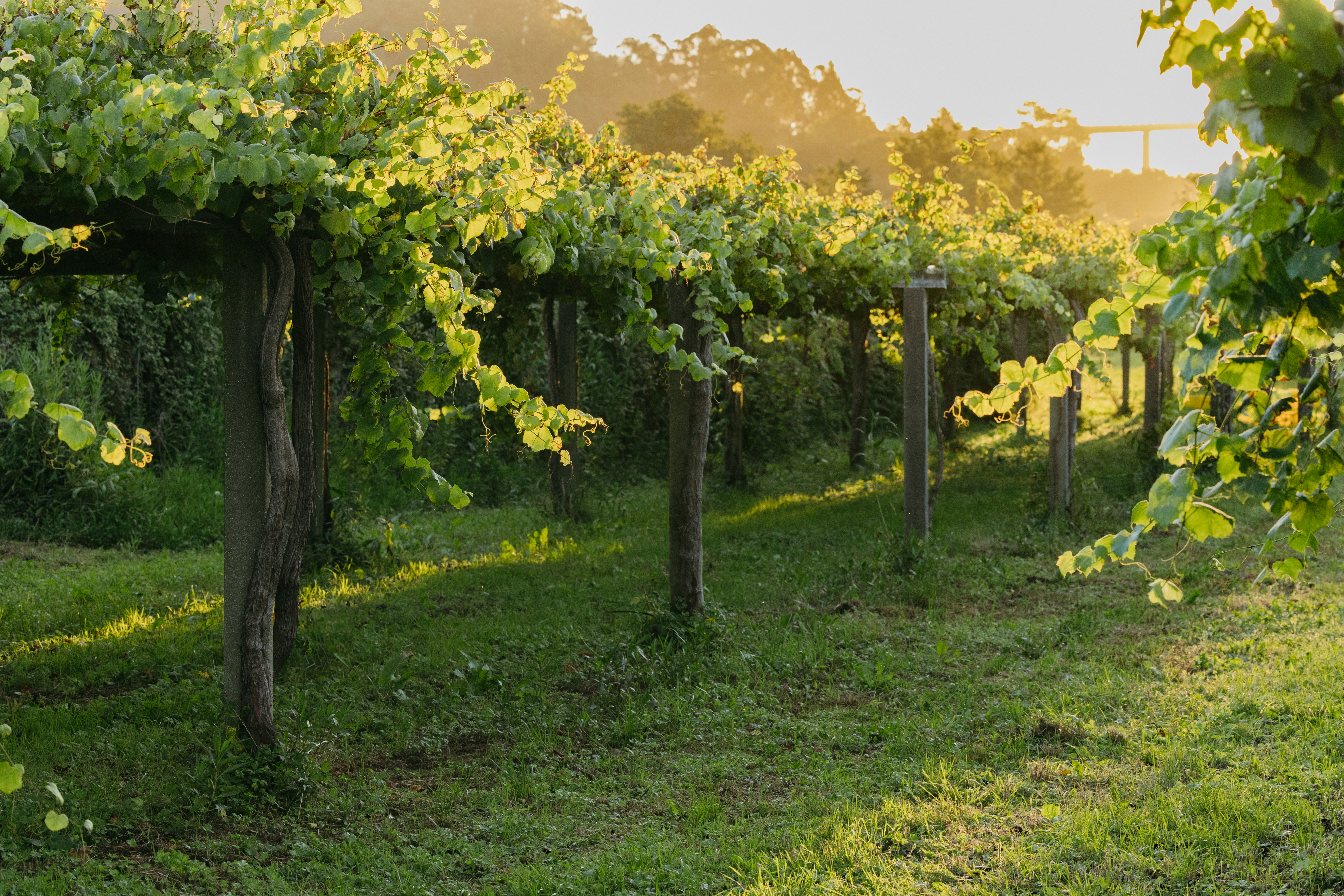
Landscape with Familia Torres vineyards in DO Rías Baixas
In addition to Cambados, make sure to put other seaside villages like O Grove, Bueu, Sanxenxo, and Baiona on your list of places to visit. These fishing villages are known for their seafood, served on bustling restaurant terraces amid quaint white houses. Other worthwhile stops include Combarro, known for its spectacular hórreos – traditional wooden granaries built on pillars –, the Islas Cíes and Illa de Arousa, Galicia’s historical estates or pazos (some of which were home to the most notorious local narcos or drug kingpins during the 1990s), take a boat out to the mussel punts, amble around the old town of Pontevedra or dive into the lively cultural scene of Vigo. Everything in Rías Baixas revolves around the ocean, with its cold water and magnificent beaches, where Albariño meets the finest local seafood at every dining spot.
3. Priorat (Catalonia)
Priorat is one of the most extraordinary wine regions in all of Europe. The llicorella slate, steep slopes, terraced vineyards, and stunning rugged landscapes have transformed Priorat into a pilgrimage spot for wine lovers. In villages like Gratallops, Porrera, and Escaladei – home to the ruins of the Carthusian abbey that introduced winegrowing to the region – wine is part of everyday life. And so is olive oil. Siurana, a spectacular medieval village poised on a large rocky promontory, has its own DOP, known for producing exceptional virgin olive oils from the varieties Arbequina, Royal, and Morrut.
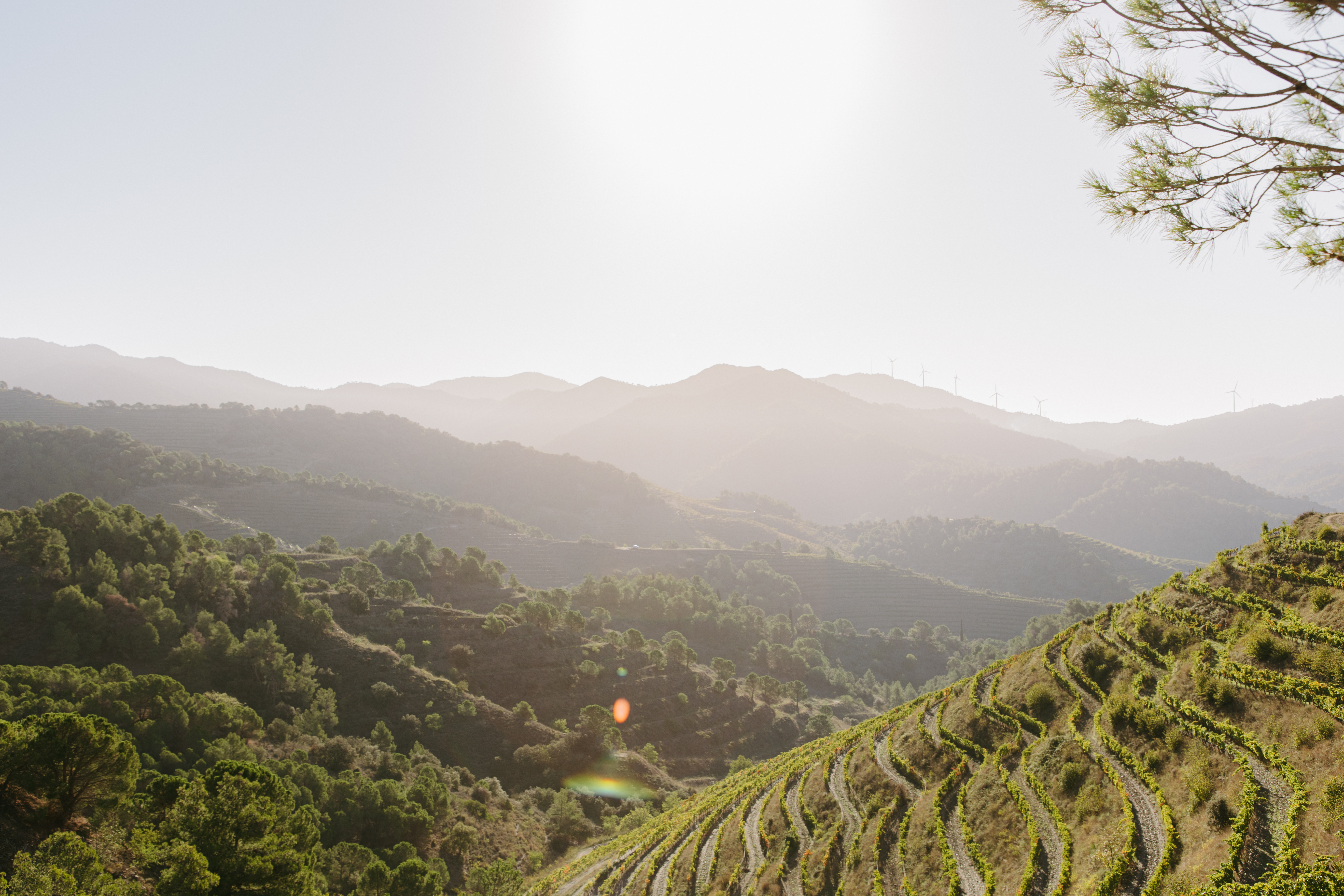
Landscape with Familia Torres vineyards in DOQ Priorat
An absolute must is the modernista-style wine cooperative of Falset Marçà, designed by the architect César Martinell in the early 20th century and part of a series of such cooperatives popularly known as “wine cathedrals”. Finally, hiking enthusiasts should pack their boots: the Serra del Montsant Nature Park is a labyrinth of delightfully varied trails.
4. Conca de Barberà (Catalonia)
Conca de Barberà unites history, heritage, and wines in its own particular and unmistakable way. Located between the Prades Mountains and the monastery of Poblet, the region combines a Mediterranean landscape with higher elevations, making it possible to produce fresh wines, especially from the indigenous Trepat variety, which has become the local flagship.
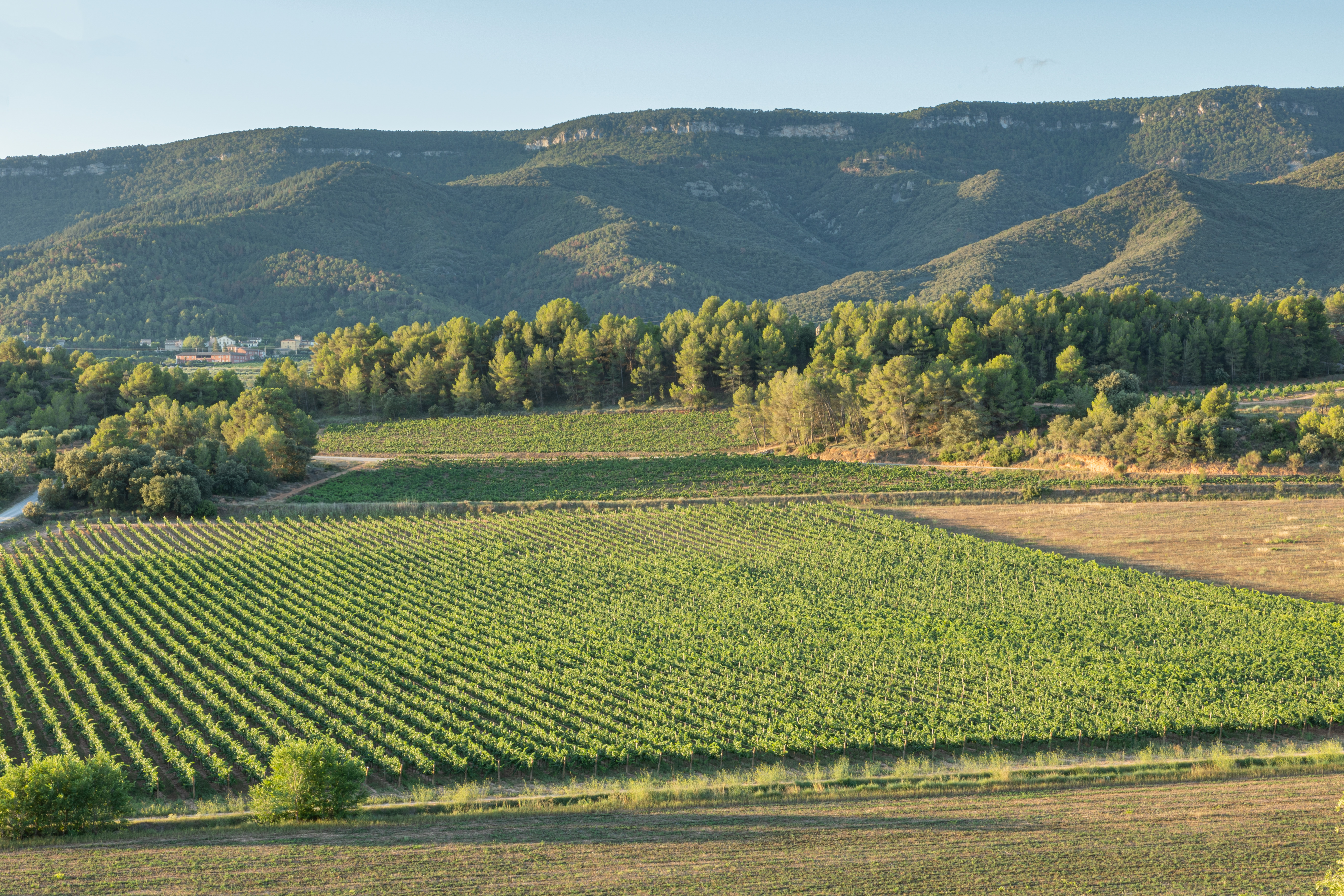
Landscape with Familia Torres vineyards in DO Conca de Barberà
The regional capital is Montblanc, a medieval walled gem that invites visitors to stroll leisurely through its charming streets. Nearby L’Espluga de Francolí offers fascinating visits to the Museo del Vi and the Museo de la Vida Rural, museums dedicated to wine and rural life, respectively, as well as its famous prehistoric caves. The Poblet monastery, a World Heritage Site, adds a spiritual and artistic dimension to the route. The village of Barberà de la Conca, with its Templar castle and modernista-style cooperative, is also worth a visit. During the summer, local festivities and wine festivals like the Festa del Trepat bring this otherwise quiet, authentic area to life.
5. La Rioja
Few regions are as closely intertwined with wine in their identity as La Rioja. Exploring this legendary wine region invites us to visit hundred-year-old wineries, as well as their newer, innovative counterparts, savour high-end local cuisine, and delight in the charms of villages like Laguardia, Ezcaray, Briones, and San Vicente de la Sonsierra. Another must-see is Santo Domingo de la Calzada, with its gorgeous cathedral and a historical town centre where time seems to stand still.
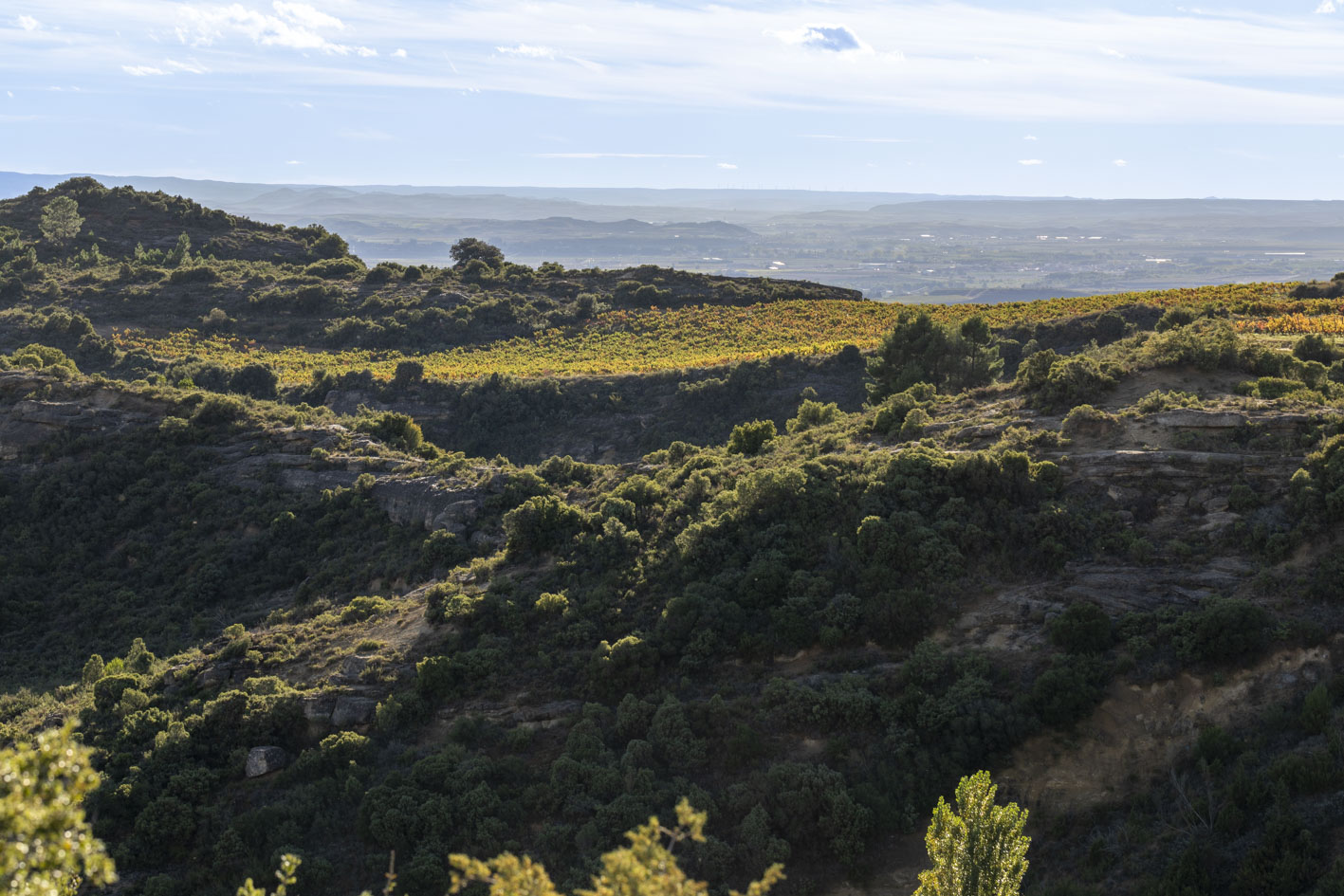
Landscape with Familia Torres vineyards in DOCa Rioja
The monasteries of Suso and Yuso in San Millán de la Cogolla – both listed as World Heritage Sites – the Ruta de los Dinosaurios (dinosaur route) or the Cueva de los 100 Pilares (cave of a 100 pillars) in Arnedos exemplify how the past and present are indivisible in La Rioja, and this also applies to the production of its internationally acclaimed fine wines. Logroño, with its famous street Calle Laurel, is an absolute must for anyone who loves going for tapas and enjoying an informal wine tasting. During the summer, the capital and towns throughout the region offer a lively cultural and wine tourism programme full of attractive activities: concerts in the vineyards, symbolic grape harvests, outdoor wine tastings, and popular festivals like the Batalla del Vino (the “wine battle”) in Haro or the Fiesta de la Vendimia Riojana (the Rioja Harvest Festival) in September.
